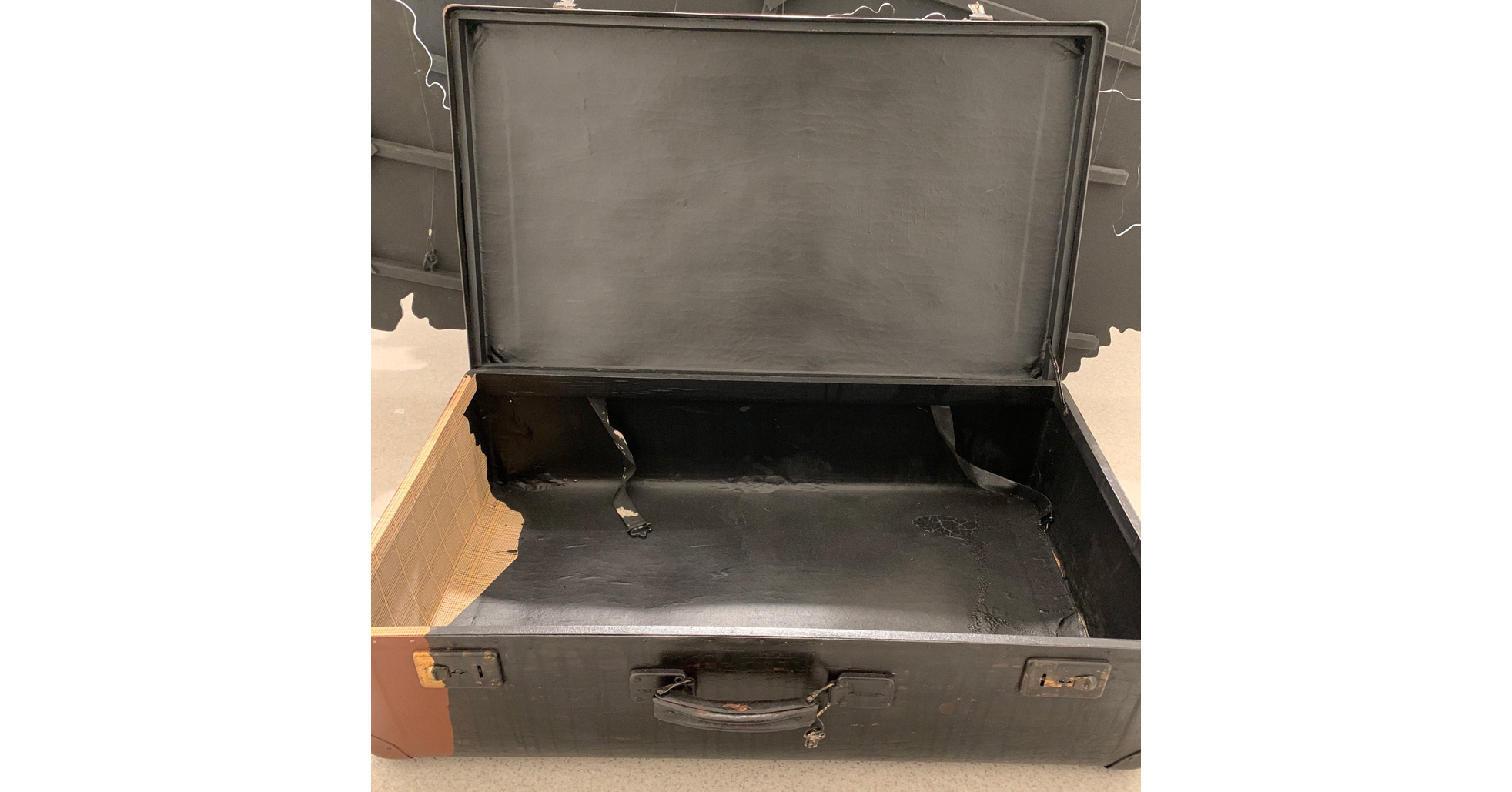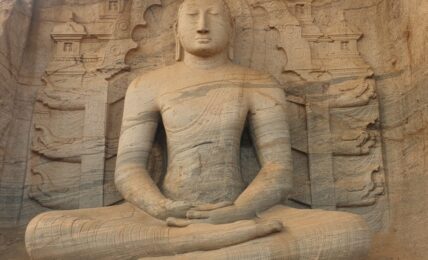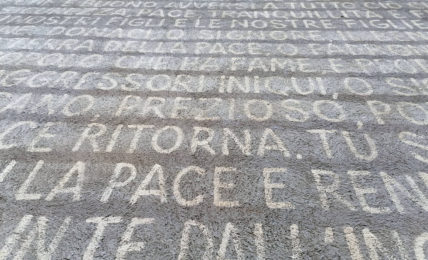Il viaggio tra gli oggetti post mortem: da fare da soli, ma con l’aiuto di un libro o di qualche professionista
Dopo la scomparsa di qualcuno caro, tra i suoi oggetti rimasti, spaesati, frastornati, ci aggrappiamo a una materia inerte che testimonia di chi non c’è più.






Buongiorno Niccolò, mi sono imbattuta per caso in questo scritto che mi ha commossa. Sono una collega di Paola, l’ho conosciuta bene. Condividendo nome e anno di nascita, ci volevano bene. Mi hanno toccata molto queste parole sugli oggetti di chi non è più con noi. Non le dimenticherò. Un abbraccio. Paola